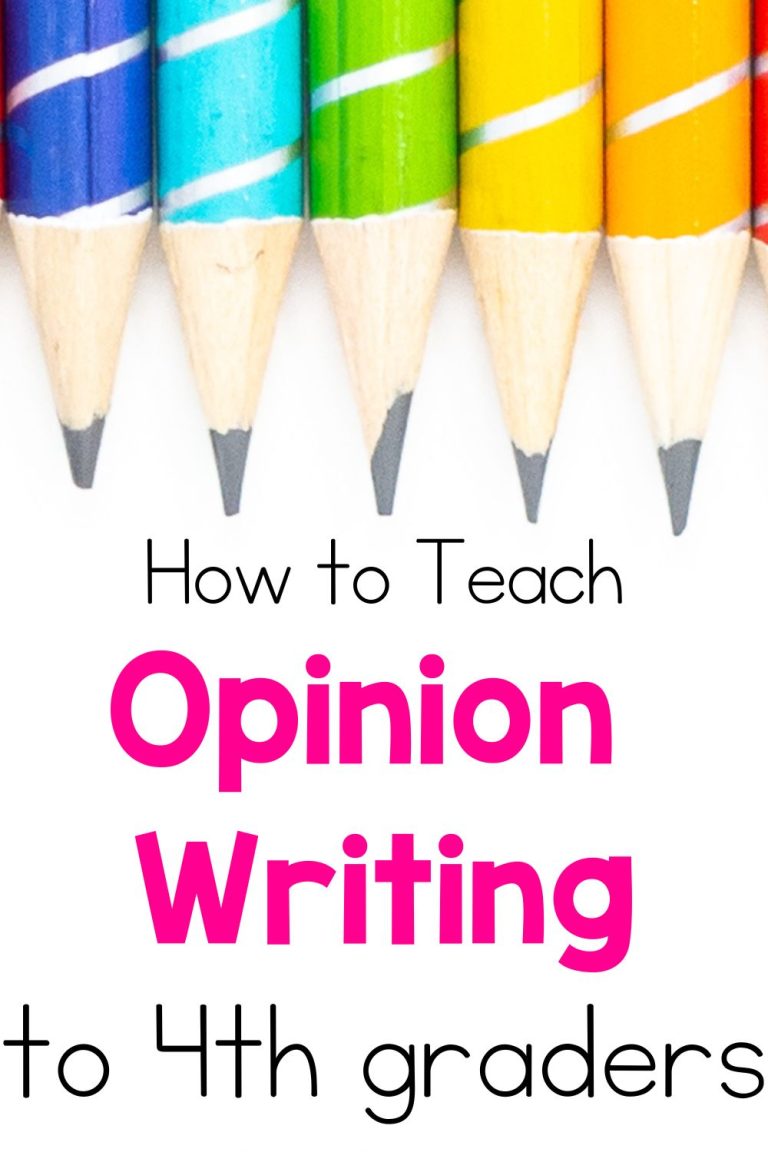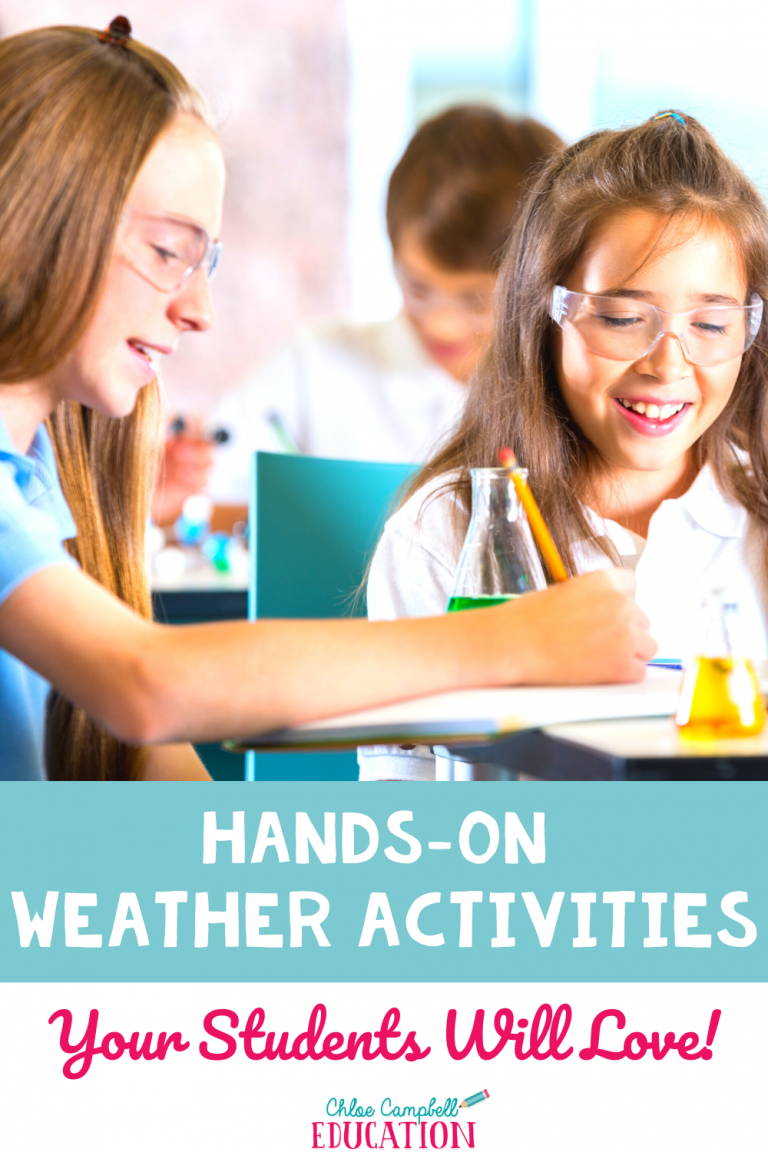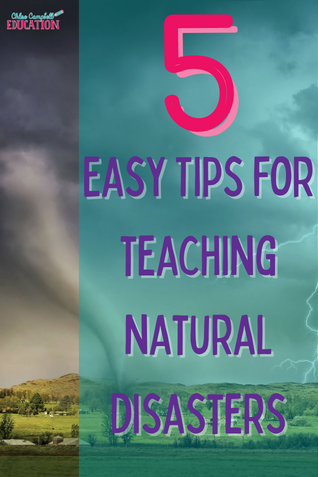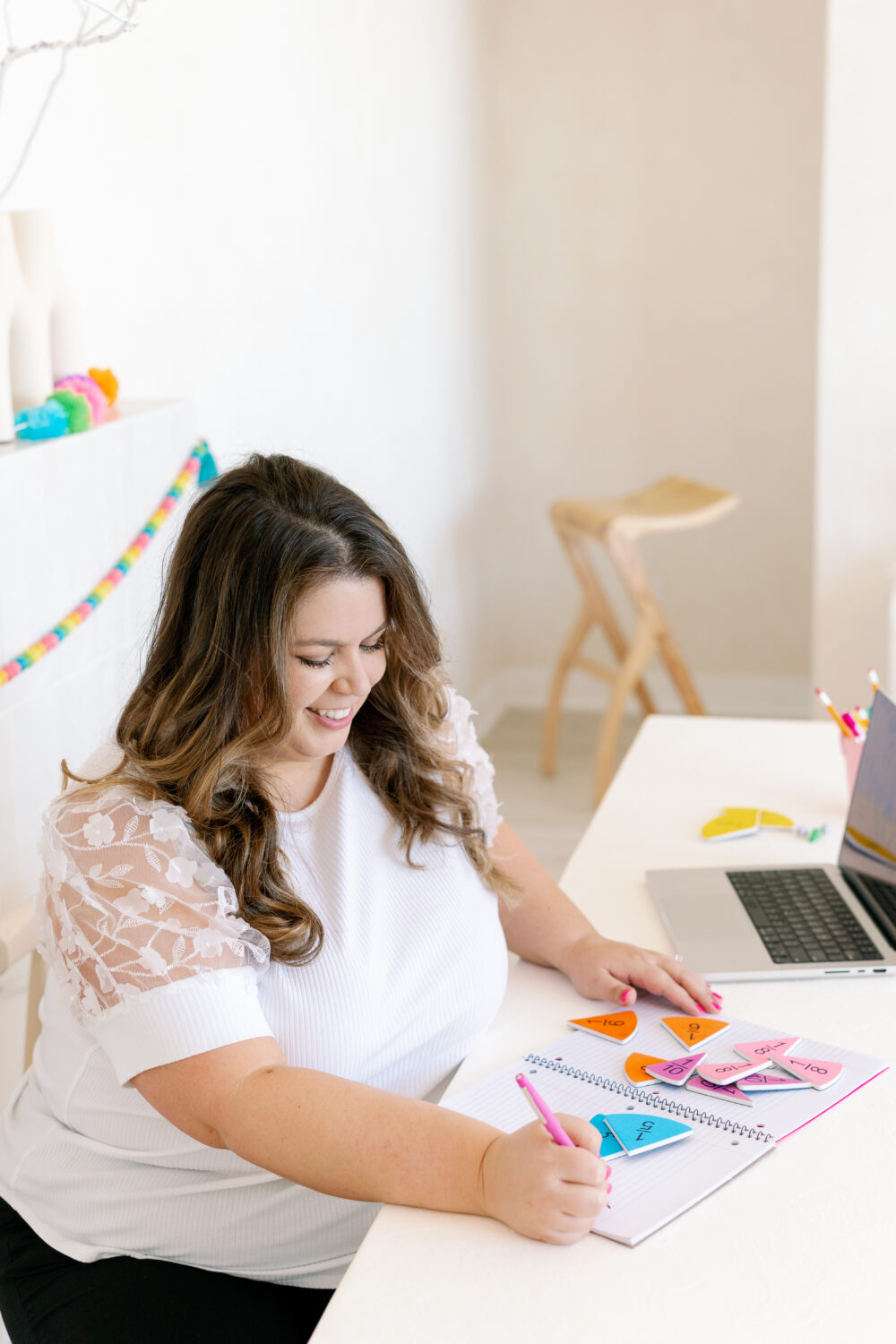10 Activities for U.S. Presidents Day
Who doesn’t need a little help beefing up their American History knowledge? Take a look at this round up of activities you can use this February for President’s Day.

1. Watch a Ted Ed
Take a look at how Presidents Day was started with this great Ted Ed. You can find the video here. It’s only 4 minutes long so it is short, sweet, to the point, and a great intro to why we have a President’s Day.
2. Write to the President
Lead students through any number of discussions on presidency and have them formulate their ideas into a letter that they can send to the president. Students might think about what they like about America, what they’ve learned about elections. Maybe they research topics important to them and write something persuasive to convince the president to look into the matter. Or even have students ask questions about what it takes to be president or why they want to be president one day. You never know what might be sent back!
The President of the USA (or write president’s name)
The White House
1600 Pennsylvania Ave. NW
Washington, DC 20500
3. Test with Trivia
Rather than focus on a test or quiz, check for understanding by using a trivia game. You can base your game off anything, we all know and love Jeopardy! But you can also play creative games like Trashketball, or create a Wheel of Fortune game. You might divide students into teams or have the whole class work together to win.

4. Scavenger Hunt
This activity is really versatile. You can use a scavenger hunt almost anywhere in a lesson. If you opt for a pre-learning activity, students might do a web quest or library scavenger hunt to answer questions about President’s Day. You can then go over the answers together and begin going in depth on some of the topics. Alternatively, you can check for understanding with a scavenger hunt using clues from your lesson for the students to “solve” or complete a puzzle, or collect the correct information in lieu of a test.
5. 60 Second Bits
PBS has a great series, “60 Second Presidents”. You can find the link to the playlist here. Each president has a 60 second video, so I don’t recommend watching every video (though I suppose you could!). Pick some favorites or most well-known and have students keep notes. You can also have students work on graphic organizer skills by creating a Venn diagram to compare two presidents, or KWL a well-known president, or T-chart to write a short comparison later.
6. Running for President
Similar to one of the prompts I mentioned above, students can work on persuasion by writing about why they would make a great president. Students can think about what qualities are needed to be a leader, and can also think about what their own strengths and weaknesses are that would make them an ideal candidate.
7. Presidential Yearbook
This TPT resource includes engaging reading passages about the U.S. Presidents. It’s a perfect activity to combine social studies and language arts, so you don’t necessarily have to use it for President’s Day. Students work on reading comprehension and summarizing what they read. These summaries are then used to create a final Presidential History Yearbook.
8. Books, Books, Books
I love seeing a class library that is full of lesson-centered material to help students make connections to their lessons, and also provide deeper learning opportunities. If you have the option, borrow related titles from your school or local library during the month of February so your students can do their own investigations. This Amazon list has a ton of kid-friendly options for you to consider.
9. Slogans and Campaigns
Instead of focusing specifically on presidents, have students spend time learning about slogans and campaigns. Have them look at what they are and why they’re used. You can even throw in kid-friendly explanations on what slander and negative campaigns are. This article from KQED has a list of top 10 best slogans from US presidents and include videos of the campaigns. You can create an activity where each group selects one to research and share, or have the class learn together and then come up with their own – what would their own individual slogan be, or what would be a good slogan for the whole class?
10. Study Speeches
One of the duties of presidents is to speak to the American people. You can have students brainstorm reasons presidents address the nation (conflict, acceptance speeches, holiday greetings, farewell address, etc). You can also give students examples to read or find video clips so they can listen. Some popular ones to consider are the Gettysburg Address, FDR’s Fireside Chats, or Washington’s Farewell Address. These are great examples to focus on the art of persuasion or compare/contrast skills.
If you’re looking for great activities to combine social studies and language arts, I think this list is the perfect place to start. What activities are you most looking forward to implementing? What would you add to this list? Let me know in the comments or find me on Facebook and Instagram to chat there!









